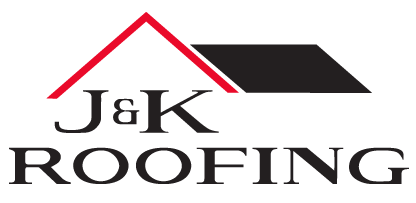
Image courtesy of hometipsforwomen.com
What Goes Into A Roof? The Roofing System Explained
In general, most of us don’t think much about our roofs. We see them almost every day, perched on top of our own homes and our neighbors’. Yet the processes and materials used to actually build them are often taken for granted.
In truth, the roof is a system of complex design, and understanding some of what goes into this system is beneficial for proper maintenance and repair.
The Steep-Sloped Roof
The steep-sloped roof, or “pitched” roof, is the most common type of residential roofing system. This system incorporates materials such as asphalt shingles, composite shingles, metal shingles, and wood shake, and implies a slope of 18 percent or more. It is a popular choice among homeowners for being low maintenance and aesthetically pleasing.
The steep slope roof system has eight basic elements:
1. Frame
When a home is first constructed, a wooden frame acts as the foundation for your roof. This is also called a roofing “truss.” Thin sheets of plywood are placed over the entirety of the wooden roof frame. This is called “decking” or “sheathing.”
2. Underlayment
The underlayment is applied directly to the decking and under the shingles. It can be synthetic or made from felt saturated with asphalt. The purpose of the underlayment is to protect the shingles from any resin released from the wooden decking and for added waterproofing and fire resistance.
3. Shingles
Perhaps the most recognizable part of the roof, shingles seal the home against environmental damage. They are available in a variety of materials and can be manufactured with additional waterproofing, including wind-resistant, hail-resistant, and heat-resistant coatings.
Typically, shingles are played and then secured via nail gun by your roofer. Some types of shingles also include a heat-activated seal that will form when a specific temperature is reached.
4. Ice and Water Shield
This is a layer of material applied between the shingles to give further protection against water damage from rainstorms and ice dams. This is particularly beneficial to homeowners who live in colder climates.
Heat escaping from the home leads to the continuous melting and refreezing of snow, leaving the roof more susceptible to ice dam formation.
5. Flashing
This is a thin sheet of material, usually metal, used to waterproof a roof around any projections throughout the roof deck, such as your chimney. Without this flashing, water could seep through the shingles around the chimney and straight into the home.
Flashing is also applied to skylights, vents, and plumbing fixtures where they meet the roof.
6. Ventilation/Insulation
The roofing professional will install vents and insulation to allow for proper air circulation within the home. Good ventilation will keep the house cool in summer and warm in winter. It will also prevent damage from trapped moisture, such as mold and mildew.
7. Edging
There are two types of edging on a pitched roof: eaves and rake edges. Both hang over the exterior walls, but eaves do so horizontally while rake edges are sloped. These edges are part of your roof’s drainage system.
A strip of metal called a “drip-edge” is installed after the underlayment on the rake edges and before the underlayment on the eaves. When water hits your roof, it flows to the drip edge, which directs it to the gutters.
8. Gutters and Downspouts
The final steps in the roof’s drainage system involve your gutters and downspouts. The gutters are the plastic troughs that collect water and debris at the roof’s edge. They are attached to the fascia, a board that acts as a support base and also helps the home look “finished.”
Downspouts are strategically installed around the gutters to direct water flow away from the home’s foundation.
Want to Know More?
At J&K Roofing, we have installed over 50,000 commercial and residential roofs! We are highly knowledgeable about the process and are more than happy to walk you through what goes into your roof if you wish. You can also visit the Roofing 101 section of our website for further terminology and information.
We service the Denver Metro, Front Range, Colorado Springs, and Northern Colorado areas. Call us today to see how we can help you start your next roofing project!
